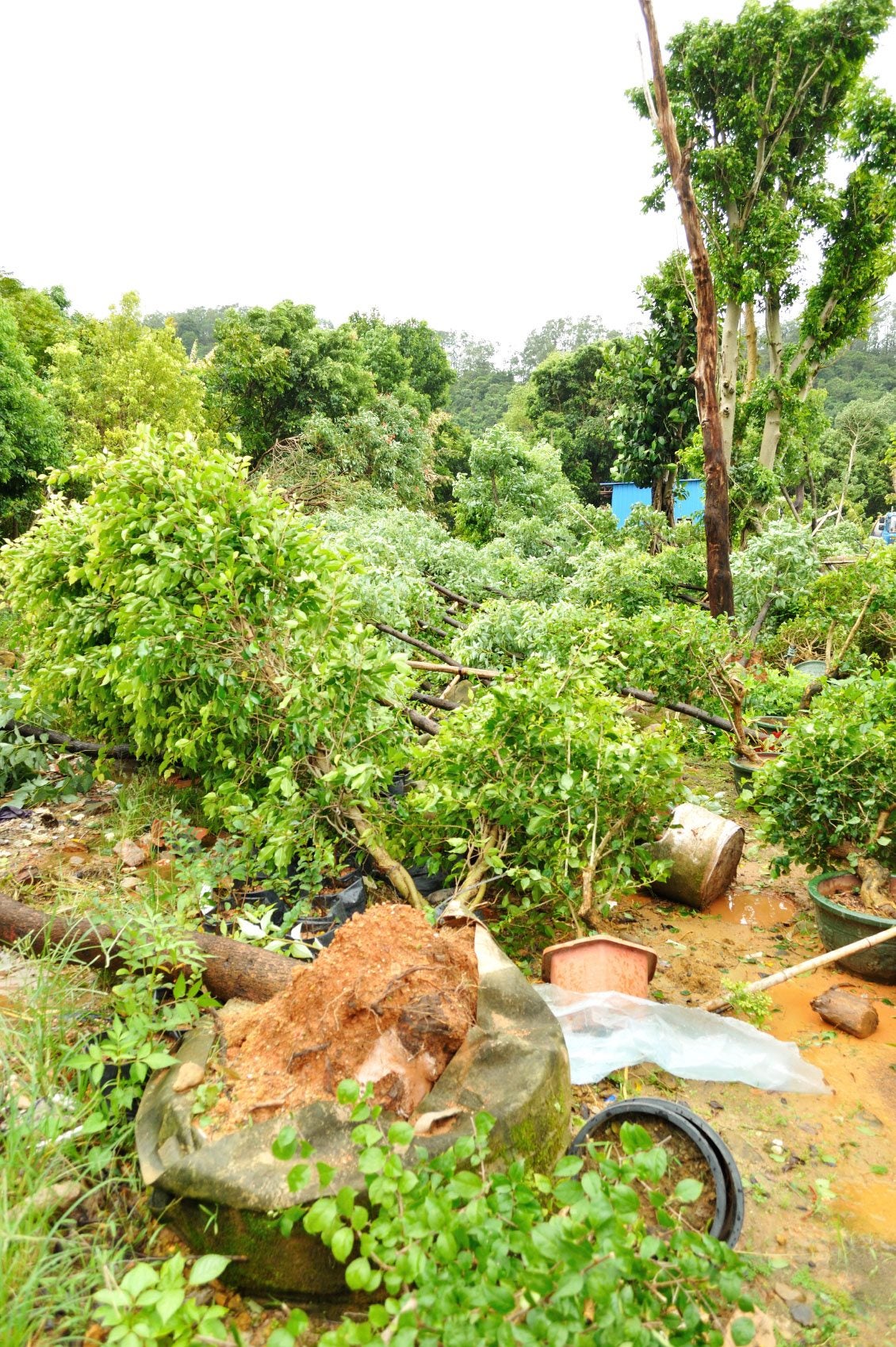Hurricane Damaged Plants And Gardens: Saving Plants Damaged By Hurricane


When hurricane season is upon us again, one part of your preparation should be preparing the landscape to withstand hurricane plant damage. This article explains how to prevent damage and what you can do to help damaged plants recover.
Hurricane Protection in Gardens
Coastal residents should prepare for the worst, and this begins at planting time. Some plants are more easily damaged than others. Choose your trees carefully because a mature tree has the potential to damage your home if it breaks in the wind. Plant saplings that will become large trees in areas with plenty of soil to stabilize the roots. The topsoil should be at least 18 inches (46 cm.) above the water table and the planting hole should be at least 10 feet (3 m.) from paved areas to allow for root spread. Plant small trees and shrubs in groups of five or more. Groups are not only visually appealing and easier to maintain, but they are also able to withstand stronger winds. Here is a list of tough plants for hurricanes:
There isn't much you can do to protect small plants, but you can prepare your trees and shrubs to withstand damage. Trees withstand strong winds best when pruned to a central trunk with evenly spaced branches. Thinning the canopy allows wind to blow through without causing serious damage. Here is a list of plants to avoid in areas that experience hurricanes:
Hurricane Damaged Plants and Gardens
After a hurricane, take care of safety hazards first. Hazards include broken tree branches that are hanging from the tree and leaning trees. Careful pruning is the best method of saving plants damaged by hurricanes. Trim above ragged breaks on small stems, and remove entire branches when the main structural branches break. Remove trees with over half their branches damaged. Trees and shrubs usually recover on their own if the foliage is stripped off, but they need help recovering from stripped bark or other bark damage. Chisel the bark around the stripped area to form neat edges. When it comes to saving plants damaged by hurricane, small perennials will usually recover if you prune them back to undamaged stems. Pruning is important because damaged parts of the plant provide an entry point for disease and insects. Bulbs and tubers will return in spring, but annuals usually don't survive.
Gardening tips, videos, info and more delivered right to your inbox!
Sign up for the Gardening Know How newsletter today and receive a free copy of our e-book "How to Grow Delicious Tomatoes".

Jackie Carroll has written over 500 articles for Gardening Know How on a wide range of topics.
-
 Get Ready For A Summer Of Hummers! Grow These Full Sun Hummingbird Plants and Flowers
Get Ready For A Summer Of Hummers! Grow These Full Sun Hummingbird Plants and FlowersIf you’re lucky enough to enjoy a sunny backyard, make sure you are maxing out on your pollinator opportunities and grow these full sun hummingbird plants and flowers
By Tonya Barnett
-
 12 Lush Alternatives To A Lawn For Sustainable Spaces
12 Lush Alternatives To A Lawn For Sustainable SpacesAlternatives to a lawn are beautiful and also beneficial to your local ecosystem and its pollinators. Explore our top picks for plants to replace grass.
By Tonya Barnett